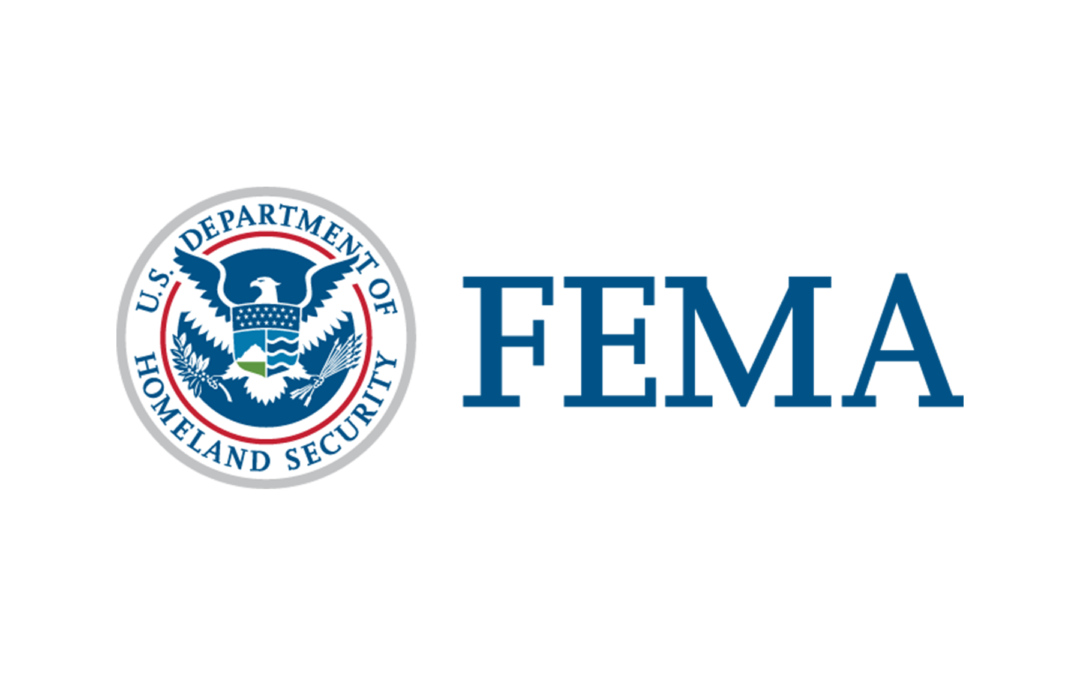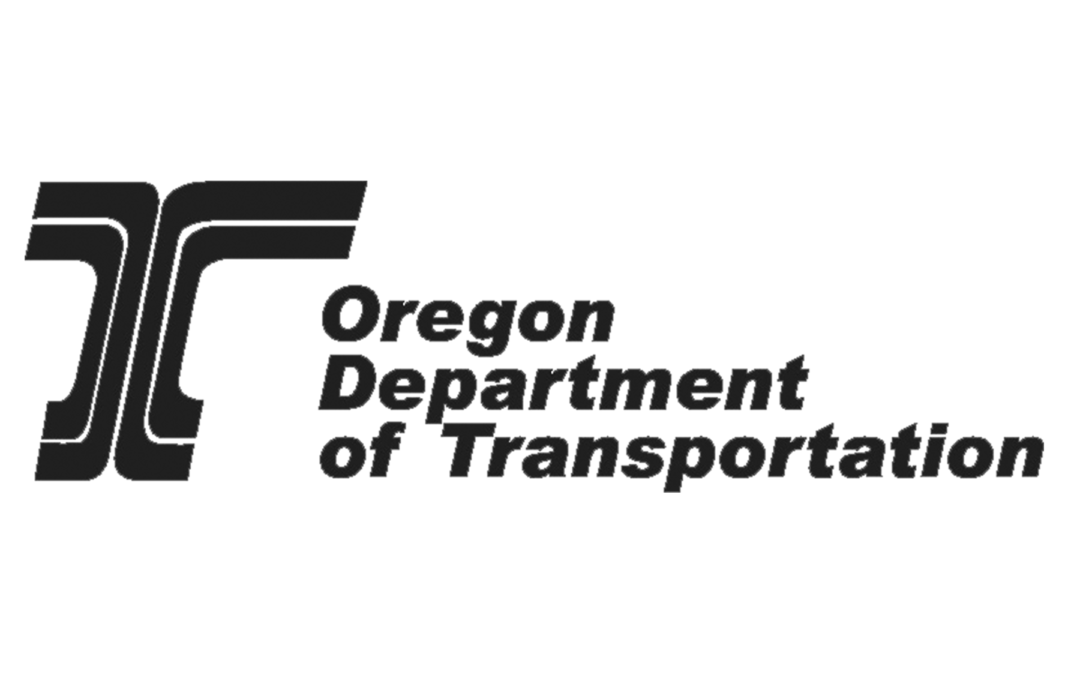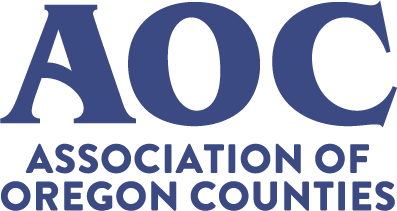
Aug 25, 2024 | AOC News, Natural Resources
After years of action by Congressman Peter DeFazio (D-OR) to delay the implementation of the new National Marine Fisheries Services (NMFS) Biological Opinion (BiOp), which would make significant changes to the implementation of the Federal Emergency Management Agency’s (FEMA) National Flood Insurance Program (NFIP), a letter was sent to impacted jurisdictions in mid-July.
That letter stated local jurisdictions within the NFIP would be required to have in place “Pre-Implementation Compliance Measures (PICM)” no later than Dec. 1, 2024. The purpose of these PICMs according to FEMA were to “ensure the continued existence of threatened or endangered species in compliance with the Endangered Species Act.”
NFIP participating communities in Oregon must select one of the PICM pathways laid out by FEMA:
- Adopt a model ordinance that considers impacts to species and their habitat and requires mitigation to a no net loss standard.
- Choose to require a habitat assessment and mitigation plan for development on a permit-by-permit basis.
- Put in place a prohibition on floodplain development in the Special Flood Hazard Area.
These PICMs must be in place until the release of the Final Implementation Plan and implementation in 2027. If an impacted jurisdiction does not pick a PICM pathway by the Dec. 1 deadline and notify FEMA of their selection, they will default to a permit-by-permit basis (Option 2).
FEMA defines “development” in their model ordinances as “any man-made change to improved or unimproved real estate, including but not limited to buildings or other structures, mining, dredging, filling, grading, paving, excavation or drilling operations or storage of equipment or materials.”
FEMA’s draft guidance states the following actions are not required to have a habitat assessment or a new floodplain permit issued, as these activities, according to FEMA, do not meet the NFIP definition of “development.” However, any other applicable federal, state, or local requirements still must be met. If the activity is not one of the exemptions listed below, a new floodplain permit and/or habitat assessment will be required before a project can begin.
- Routine maintenance of existing landscaping that does not involve grading, excavation, or filling.
- Removal of noxious weeds, hazard trees, and replacement of non-native vegetation with native vegetation.
- Normal maintenance of above and below ground utilities and facilities (e.g. replacing power lines and utility poles.
- Normal road maintenance, but not including the expansion of the road system. (e.g. filling potholes, repaving, installing signs and traffic signals).
- Normal maintenance of a levee or flood control facility. Normal maintenance does not include repair from flood damage, expansion, or addition of material.
- Plowing and other normal farm practices on legally existing agricultural areas. Any new structure / filling, or the addition of land by way of clearing will likely require both a development permit and a habitat assessment.
FEMA’s draft guidance also states the following actions are required to have a permit but not a habitat assessment.
- Normal maintenance, repairs or remodeling of structures provided such work does not constitute a substantial improvement or repair of substantial damage. To comply, the cost of such work must be less than 50% of market value of the structure.
- Activities with the sole purpose of creating, restoring, or enhancing natural functions associated with floodplains, streams, lakes, estuaries, marine areas, habitat and riparian areas – provided these activities do not include structures, grading, fill, or impervious surfaces.
- Development of open space and recreational facilities (parks, trails, etc.) provided they do not include structures, fill, or the removal of more than 5% native vegetation.
- Repair to onsite septic systems, provided the ground disturbance is the minimal necessary and best management practices are followed to prevent stormwater and soil erosion.
- Projects that have already received concurrence under another ESA following permit (e.g. US Army Corps of Engineers 404 permit).
- Repair of an existing, functional bulkhead in the same location and footprint with the same materials when the Ordinary High-Water Mark is still outside of the face of the bulkhead.
As outlined in the guidance document for review of development on a permit by permit basis with accompanying habitat assessment, site visits as well as documentation of fill/removal activities must be documented and reported by the local planning authority.
AOC staff, as well as county planning directors, commissioners, and impacted parties from across the state have been meeting with agency heads and the governor’s office regarding these new requirements and the new processes local jurisdictions will have to follow.
The model ordinance that has been released can be found here.
The Floodplain Habitat Assessment and Mitigation regional guidance for Oregon can be found here.
Contributed by: Branden Pursinger | Legislative Affairs Manager

Aug 25, 2024 | Transportation
The Oregon Department of Transportation (ODOT) has extended the deadline for the Local Consultation Survey, a federal requirement which ODOT is required to conduct and report on every five years. The Association of Oregon Counties (AOC) encourages members to participate in the survey.
Click here to complete the survey by Sept. 27.
ODOT Local Consultation Survey FAQ:
What is the Local Consultation Survey?
The Local Consultation Survey (LCS) is a method we use to meet federal regulations requiring the state to gather feedback from nonmetropolitan local officials and other interested parties regarding the cooperative planning process and any proposed changes. The survey will evaluate ODOT’s local consultation practices regarding the following processes:
- Conferring with affected local officials and other interested parties in accordance with established rules, plans, policies, procedures, and programs.
- Considering the input of local officials and other interested parties before acting.
- Periodically informing local officials and other interested parties about actions taken.
- Implementing public involvement processes.
What are we asking?
We’re interested in your experiences with statewide transportation planning and programming activities. Transportation planning refers to participation in activities such as updating the Oregon Transportation Plan (OTP) or any of its component mode and topic plans, including the Transportation Safety Action Plan (TSAP) and the Oregon Public Transportation Plan (OPTP). The survey also includes questions about involvement in developing the Statewide Transportation Improvement Program (STIP), reflecting on the processes used to prioritize and program
Who are we asking?
We are sending the survey to all Area Commissions on Transportation, the League of Oregon Cities, the Association of Oregon Counties, and many of our committee partners. As part of this effort, we are also gathering feedback from metropolitan representatives and Tribal governments as members of an Area Commission on Transportation. This survey is not to be considered part of the conditions for metropolitan or Tribal consultation per federal requirements, but rather leverages this opportunity to gain additional feedback from these partners.
How are we using the results?
We use feedback to improve our outreach practices. ODOT is continually working to improve, and these results will assist the agency in enhancing how it communicates and engages with key partners. The data will affect policies regarding who, when, and how often to contact different parties in the planning process. The recently updated Oregon Transportation Plan drew guidance from LCS feedback when updating outreach guidelines and practices.
Want more information?
The survey has been extended until September 27, 2024. Please contact Rachel Zakem at Rachel.zakem@odot.oregon.gov for more details.

Aug 23, 2024 | AOC News
The Association of Oregon Counties (AOC) has hired Miles Palacios as a legislative affairs manager, covering issues related to governance, revenue, and economic development.
Palacios comes to AOC with an impressive array of experience and a deep commitment to making a positive impact through strategic policy and community engagement. Prior to AOC, Palacios led the Oregon Association of Student Councils (OASC), a nonprofit focused on the equitable development of Oregon youth leaders.
“We are excited to have Miles join our legislative affairs team to effectively elevate the county voice with our partner agencies and organizations. His leadership in a membership association, coupled with his work in policy and program development for legislators and the governor’s office, makes him an excellent addition to AOC,” said Gina Nikkel, AOC executive director.
Palacios’ first day was Aug. 1.
Contributed by: Erin Good | Communications Coordinator

Aug 14, 2024 | AOC Business Partner
Sponsored content contributed by AOC Business Partner: GOBHI
Greater Oregon Behavioral Health, Inc. (GOBHI) will host the inaugural Peer Workforce Conference at Eastern Oregon University in La Grande, Aug. 22-23, 2024. This year’s theme, “Holistic Wellness & Self-Care,” promises to offer a rich array of content designed specifically for peer support specialists. A peer support specialist (PSS) is a mental health professional who has personal experience with mental health conditions, substance use disorders, or psychological trauma and is trained to help others who are struggling with similar challenges. Their personal experience and professional training give them expertise that can’t be replicated by professional training alone. PSSs act as role models for clients and can provide a level of acceptance, understanding and validation that may not be found in other professional relationships.
Over the course of two days, attendees will have access to 16 tailored workshops, keynote speakers, and an Eastern Oregon Peer Panel, all focused on the unique needs of peer support specialists who work and live in Eastern Oregon. This conference provides a valuable opportunity for the 140 employed peer workers across Eastern Oregon Coordinated Care Organization’s 12-county region to gather, network, and strengthen their skills.
Participants will benefit from professional development opportunities, social connections with like-minded individuals, and the chance to develop and enhance their skills. The diverse perspectives shared at the conference will foster greater understanding and support for the inclusion of peer support specialists across various organizations in Eastern Oregon. Workshops and panels include topics like: Vicarious Trauma, Behavioral Activation – Practical Tools for Peers Working with Older Adults, Practical Tools & Strategies for Working with Latino Populations, Situational Awareness & Resiliency, and many more.
The overarching goal of the 2024 Eastern Oregon Peer Workforce Conference is to advance the peer support profession and promote its integration into healthcare and community systems throughout the region.
For more information and to register, visit the conference website. Follow the conversation on social media with the hashtag #EOPeers2024.




